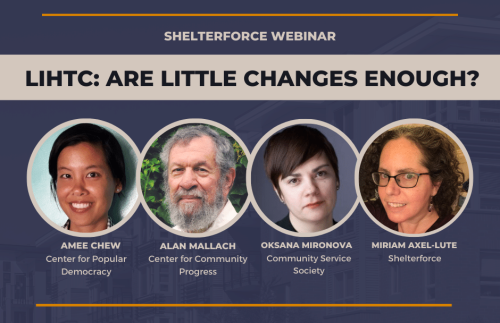Several other Rooflines bloggers have speculated about the impact of a new emphasis on metropolitan areas coming from the federal level. This past Friday, civic leaders from Cleveland and Youngstown, Ohio and Pittsburgh, Pa. met in Youngstown (the mid-point between Cleveland and Pittsburgh) to discuss strengthening regionalism in the opposite direction: from the metro-level up.
The irony of the rivalry between Cleveland and Pittsburgh – a region some conference-goers affectionately termed the “pierogi belt” for its many residents of Eastern European descent – is that the two cities aren’t a lot further apart than the bookends of the Chicagoland metro area. Northeast Ohio blogger Shout Youngstown reports that together, the there metros are home to 7.5 million people – about the same as the Chicagoland metro in 1990. How is the regional identity of the Chicagoland area strong enough that dozens of cities and counties across three states are linked by several modes of mass transit, yet the only option for commuter travel between Cleveland and Pittsburgh is an Amtrak trip that costs more, takes longer, and leaves less often than a plane ride – and doesn’t stop in Youngstown, a region of some 700,000 directly between the two cities?
Much like Cleveland, Youngstown, and Pittsburgh, Chicago is an older, post-industrial region under a state government that it often finds itself at odds with, a reactionary, entrenched political machine, and one of the most fragmented systems of governance in the country. Yet people from Chicagoland identify with a larger region, and the broadest area many people from southwestern Pennsylvania and northeast Ohio identify with is their home county.
The folks at GLUE, the Great Lakes Urban Exchange, have been exploring this issue for nearly a year with roundtable discussions in cities throughout the “resurgent Rust Belt.” But my question to you (both those of you within and outside the area) is: Why are some older cities better than others at thinking regionally? And how can we build regional identities in areas where parochialism is the order of the day?





Comments